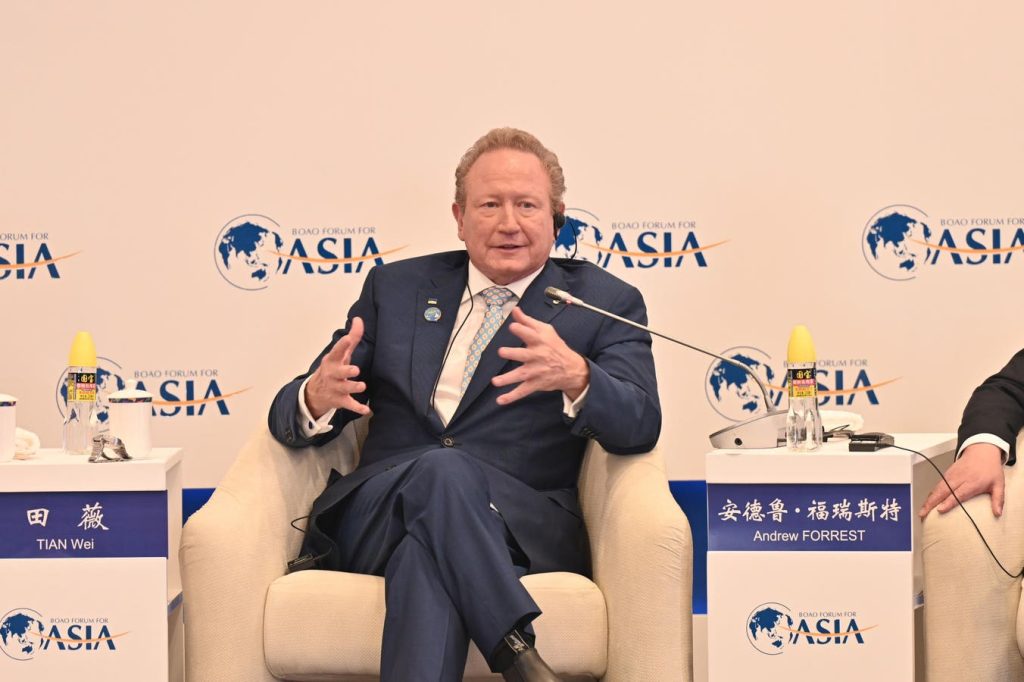In Australia, two of the richest individuals, Gina Rinehart and Andrew Forrest, have made their fortunes in the mining industry, primarily iron ore. However, a rift has emerged between them due to their differing investments in the energy sector. While Forrest has been heavily investing in hydrogen as a potential fuel for the future, Rinehart has been focusing on methane, a fossil fuel also known as natural gas. This divergence in their energy strategies has become a sensitive issue for Forrest, who is critical of all fossil fuels.
Forrest, the founder of Fortescue Metals Group, has poured over $1 billion into developing “green” hydrogen, produced using renewable energy sources. However, operational challenges led to setbacks, resulting in a corporate reshuffle and 700 job losses at Fortescue. The company is now shifting towards more wind and solar power, with less emphasis on hydrogen. This change has significant implications for Fortescue, which is the backbone of Forrest’s estimated $16.5 billion wealth.
On the other hand, Rinehart’s venture into methane production has been met with success. In partnership with Korea’s Posco, her company Senex Energy received approval for the $1 billion Atlas methane project, tapping into coal-bed methane. The government’s green light for this project comes amid reports of a power shortage in Australia’s major cities and industrial centers. Rinehart’s focus on methane production has proven to be profitable, further expanding the wealth gap between her and Forrest.
The discrepancy in their energy investments highlights the difference in strategies between Forrest and Rinehart, who both reside in Perth. While Forrest continues to pursue green hydrogen despite challenges, Rinehart’s shift towards methane production has yielded positive results. Some analysts question the compatibility of Fortescue’s iron ore business with green hydrogen initiatives and raise concerns about potential declines in iron ore prices amid changing market conditions.
Despite mixed reactions from investment banks, Fortescue has received praise from Macquarie Bank for its realigned core focus. While some banks list Fortescue as a stock to sell, Macquarie Bank acknowledges the company’s efforts to transition towards green technology. The future of Fortescue remains uncertain as Forrest navigates the challenges of sustainable energy investing and potential shifts in the iron ore market.
Overall, the growing gap between Rinehart and Forrest’s investments in energy reflects their differing approaches to environmental sustainability and profit maximization. As Rinehart thrives in methane production, Forrest faces hurdles in establishing green hydrogen as a commercially viable option. The future of their respective businesses will depend on their ability to adapt to changing market dynamics and capitalize on emerging opportunities in the energy sector.


